International Women’s Day, 2015: Ten Ways that Women Have Shaped Johnson & Johnson
Since its origins in 1911, International Women’s Day has been a day to recognize the leadership of women and to mark their economic, political and social achievements. This year’s theme is Make it Happen, and women have been making things happen at Johnson & Johnson since our founding in 1886. In recognition of the contributions of women everywhere, here’s a look at ten ways that women have shaped Johnson & Johnson.
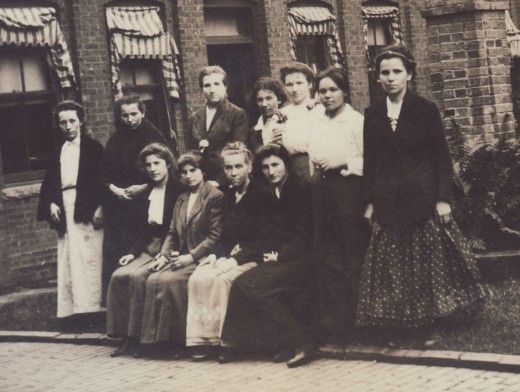
1. 1886: Women helped start the company! When Johnson & Johnson was founded in 1886, eight of our first 14 employees – more than half! – were women. Those employees were recruited by founder James Wood Johnson for their willingness to embrace new ideas, and to take a chance on joining a tiny new company with a big goal: making the first mass produced sterile surgical dressings and sterile sutures to save the lives of patients in American hospitals. The Johnson & Johnson archives show that many of these founding women went on to serve in positions of responsibility.
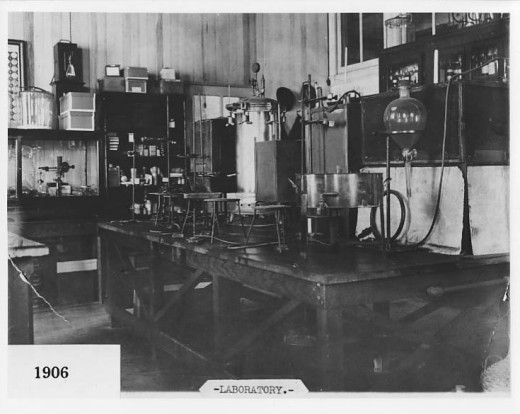
2. 1907/1908: As pioneering scientists! In 1907/1908, Johnson & Johnson hired its first woman scientist. Edith von K---, a chemist, moved halfway across the United States to take the job at Johnson & Johnson, becoming one of four staff scientists in the company’s Scientific Department. At the time, fewer than three percent of American women attended college, and far fewer of them majored in science. Today, women scientists at Johnson & Johnson operating companies across the world are helping to develop the innovations that will continue to revolutionize health care in the future.
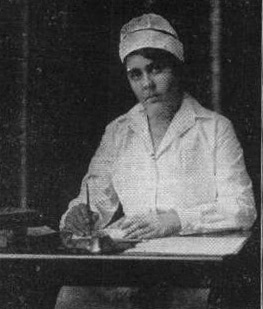
3. In military service. During World War I, Katherine Hannan, an employee in the Johnson & Johnson advertising department and a trained nurse, became our first woman employee to volunteer for military service in 1917. Recognizing her leadership and nursing skills, the army rapidly promoted Katherine, and in 1918, she was promoted to serve with the American Expeditionary Forces in Siberia, becoming the Chief Nurse of the Evacuation Hospital in Vladivostok. Katherine Hannan treated soldiers during the 1918 influenza epidemic, and she personally brought the last contingent of nurses at her hospital back to the United States. Today, women veterans at Johnson & Johnson bring the leadership skills they developed during their service to a wide variety of roles at Johnson & Johnson.
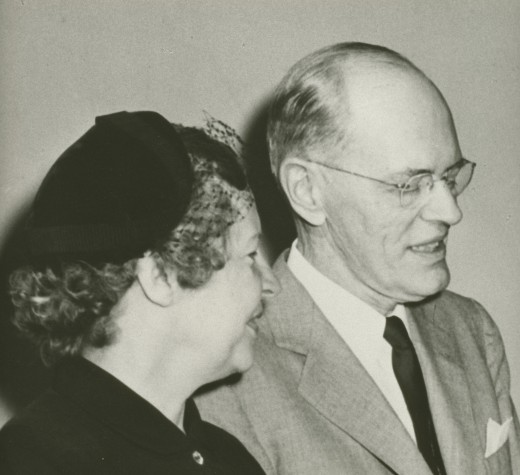
4. As partners in coming up with some of the most iconic consumer products from the Johnson & Johnson Family of Companies. Ideas and feedback from women throughout Johnson & Johnson history helped give the world JOHNSON’S® Baby Powder and the first mass produced sanitary protection products for women. Josephine Dickson was the inspiration for her husband Earle Dickson’s invention of BAND-AID® Brand Adhesive Bandages. Today, women continue to provide valuable insights and feedback to our operating companies.
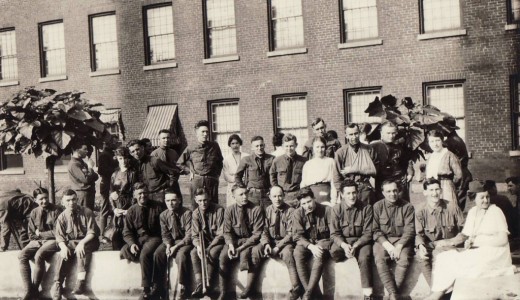
5. As volunteers. Women employees began the more than a century-old tradition at Johnson & Johnson of employees volunteering in the community. Members of the Laurel Club, an organization for women employees, began volunteering in the community in 1907 (helping the community was part of the club’s charter!). They helped underserved children, held well-baby clinics, and helped rehabilitate wounded soldiers after World War I. Today, more than 80% of Johnson & Johnson employees worldwide – women and men – volunteer in their local community.
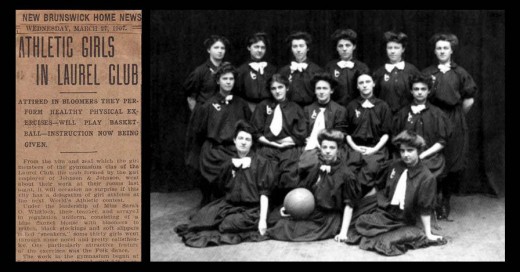
6. As healthy employees. Johnson & Johnson had on-site exercise facilities and exercise classes for employees more than 100 years ago. Both were in the Laurel Club building, and the March 27, 1907 edition of The New Brunswick Home News reported that women employees at Johnson & Johnson were exercising wearing blue flannel blouses, bloomers, black stockings and sneakers. Our women employees also have been enthusiastic participants in employee sports teams, dating back to the formation of a basketball team in 1907. In later decades, many of the women’s teams went on to earn championship records in the local sports leagues.
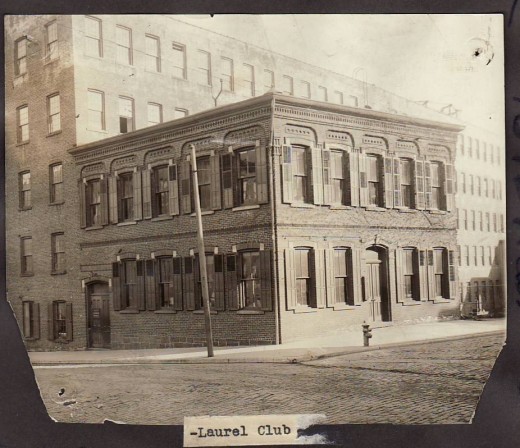
7. In starting employee organizations. Johnson & Johnson has a long history of employee organizations. Today, employees have a number of employee resource groups based on shared interests and experiences. These groups support employees, provide networking and enrichment opportunities, and help our businesses in a number of ways. Women employees at Johnson & Johnson pioneered the formation of our first employee organization -- the Laurel Club – way back in 1907.
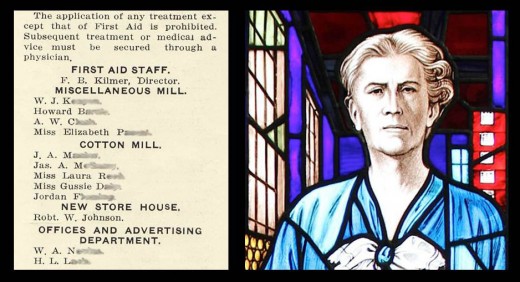
8. As trained first responders! Johnson & Johnson pioneered the first commercial First Aid Kits and the first First Aid Manuals. So it was only natural that the company would train its employees in the latest first aid techniques. In the first decade of the 1900s, Fred Kilmer led the training of an employee first aid squad, and a number of women were members, trained to provide first aid to their coworkers in the case of illness or injury.
9. On our Board of Directors and as senior leaders. For many decades, women have held senior leadership positions at Johnson & Johnson. This includes our pioneering female VPs almost half a century ago, to Joan Ganz Cooney and Anne Dibble Jordan -- the first women to serve on our Board of Directors in 1978 and 1981 -- to countless others. Today, women occupy some of the most important leadership positions at Johnson & Johnson. In fact, Johnson & Johnson was highlighted recently by Forbes Magazine as one of Ten Great Companies for Women in 2015.
10. As community partners. Johnson & Johnson has one of the oldest and largest global giving programs, working with community partners around the world to make life-changing, long-term differences in human health. Many of these partners are women or women-founded organizations, and they include Save the Children, founded almost a century ago by Eglantyne Jebb; Catherine Hamlin, co-founder of the Addis Ababa Fistula Hospital in Ethiopia; and the more than 1,000 women mentors of mothers2mothers, who have saved and improved countless lives.

I am proud to have been part of the history of Johnson & Johnson. Worked there for 36 years. Really good company to work for.